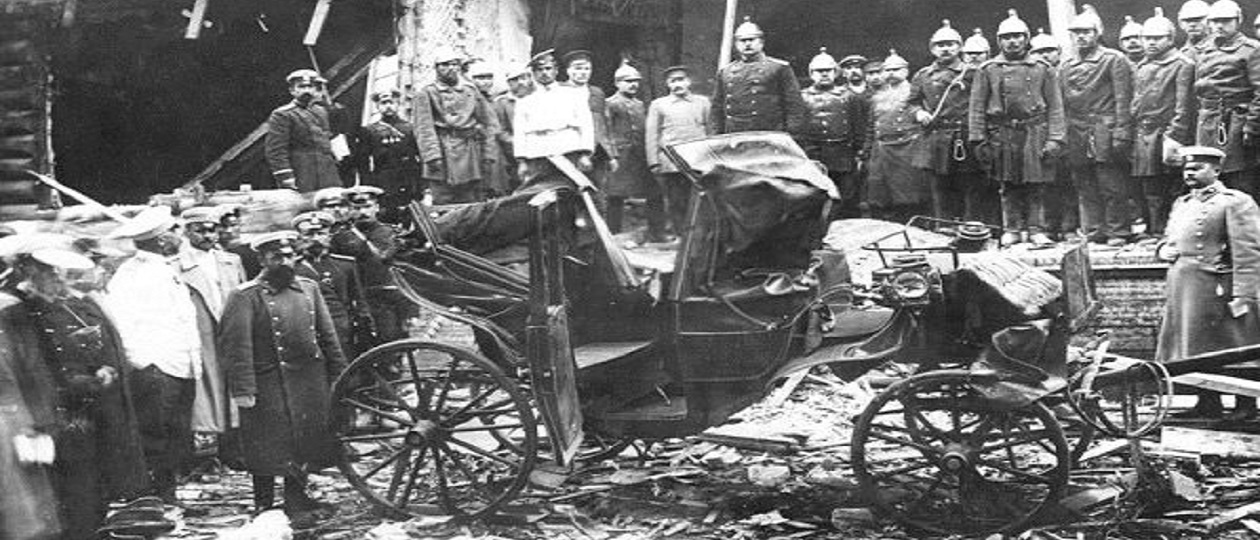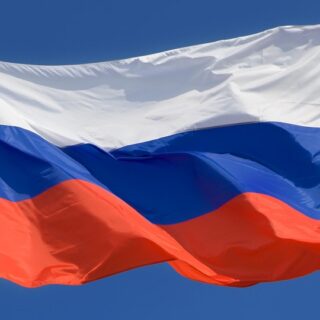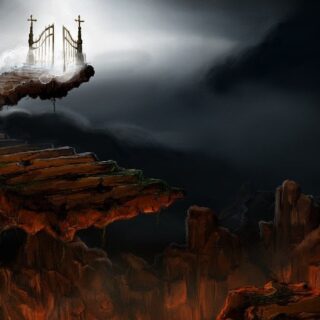
Political terrorism in the Russian Empire lasted from 1866 to 1911. This period was equivalent to two generations.
One can divide the history of Russian terrorists into the story of the Great Known Generation of the members of the People’s Will from 1879-1894 and the story of the Great Unknown Generation of terrorists from different parties and movements from 1901-1911.
Many historians are eager to tell the story of the first generation, but somewhat reluctant to tell the story of the second generation.
This concept of generations of Russian terrorists has common elements with the periods of terrorism suggested in my previous article. Terrorism in the Russian Empire passed through three stages with three non-active periods when terrorism was not used, but it never disappeared from the political agenda of revolutionaries. Here is the periodization.
- The Beginning Stage (1866-1869): The main groups were <<Organization>> (Организация), with its inner circle <<Hell>> (Ад), led by N. A. Ishutin, and the <<People’s Vengeance>> (Народная расправа) led by S. G. Nechaev.
- The First Non–Active Period (1870-1878): This period is considered the blossoming of the movement of revolutionary populism with its culmination in the <<Going to the People>> in 1874. In 1876, the revolutionary organization <<Land and Freedom>> (Земля и воля) was Its members had a disorganizing group for the defense of revolutionaries against traitors, spies, and cruel officials.
- The First Wave of Terrorism (1878-1894): This period started January 24, 1878, with the attempted assassination by Vera I. Zasulich of St. Petersburg Governor F. F. Trepov and her acquittal by a jury. Revolutionaries from <<Land and Freedom>> and other groups killed several officials and police spies. Beginning in 1879, the People’s Will became the dominant terrorist organization in Russia. Its most noteworthy terrorist act was the assassination of Tsar Alexander II. Almost all revolutionaries of the period considered themselves members of the People’s Will although the organization had been destroyed by 1884. All attempts between 1884-1894 to restore the People’s Will were unsuccessful, although revolutionaries were committed to using terrorism.
- The Second Non-Active Period (1894-1900): Many political parties and movements emerged, including the Party of Socialists-Revolutionaries whose members considered themselves the heirs of the People’s Will. Many parties and movements discussed using terrorism as a means of political struggle.
- The Second Wave of Terrorism (1901-1911): This outbreak of terrorism was a crowed playing field of participants in terrorism, supporters, and opponents of terrorism. The wave of terrorism coincided with the Revolution of 1905-1907. All parties and movements across the spectrum had to determine their relationship with terrorism. Other types of violence took place alongside terrorism and sometimes intersected with it.
- The Third Non-Active Period (1911-1914): Socialists-Revolutionaries, anarchists, and Polish, Armenian, Latvian, and Finnish national parties tried to renew terrorist activity. [1]
The beginning stage of Russian terrorism generally has a negative image, and many historians try to “divorce” the People’s Will from the Ishutin and Nechaev groups by emphasizing the manipulation, deceit and mystification practiced by Ishutin and Nechaev and by emphasizing the high moral principles of the People’s Will. What gets ignored is the fact that the People’s Will was the organic link between the terrorists of the 1860s and the terrorists of the 20th century. The People’s Will took the tactics of the 1860s to a new level and showed terrorists of the 20th century that there could be no going back after the assassination of Tsar Alexander II. The first generation of terrorists from the First Wave of terrorism holds a unique and virtually honorable place in the history of Russian and world terrorism. Historians generally make no claims about the uniqueness of the second generation of Russian terrorists and do not give the terrorists of the 20th century an honorable place in the history of terrorism.
The People’s Will has been the subject of many Russian and foreign novels. The novels generally focus on the heroism and self-sacrificing nature of the members of the People’s Will who fought the tsarist government in single-handed combat. By contrast, novels about the Second Wave of terrorists generally focus on the crudeness, moral squalor, and degeneration of the terrorists. A particularly favorite theme in novels is how Evno Azef, the leader of the Combat Organization of the Party of Socialists-Revolutionaries, served as both a terrorist and police agent. Novels written by his second-in-command Boris Savinkov often depict the terrorist leaders as non-political people who regard terrorism as a thrill and adventure.
American historian Anna Geifman argued that the second generation of terrorists in the early 20th century profoundly differed from the terrorists of the People’s Will. She described the terrorists of the 20th century as <<terrorists of a new type>> and argued that they strongly differed from the terrorists of the People’s Will. The terrorists of a new type, in her opinion, especially among the anarchists and marginal left groups, had a low level of ideological and intellectual consciousness, showed little inclination to idealism and loyalty to the cause, and lacked any principles in their tactics and choice of targets for terrorist acts. They attracted many criminals, psychologically unstable people, teenagers, and even children, to engage in terrorism. [2, pp. 6-8]
Geifman suggested that the composition of the terrorists of the 20th century strongly distinguished them from the People’s Will. She suggested that the proletarianization of the ranks of the terrorists basically distinguished them from the terrorists of the 19th century who basically came from more privileged strata. Geifman asserted that factory workers, artisans, unqualified workers, and the unemployed made up a huge contingent of the terrorists, especially among the anarchists. [2, p. 11]
However, Geifman then listed other categories of terrorists of the 20th century — women, especially Russian and Jewish, from the middle strata, members of ethnic and religious minorities especially from the Pale of Jewish Settlement [15 western provinces], Poland, the Caucasus, and the Baltic provinces. She suggested that many terrorists from the border regions came from lower social strata and had a low level of education. But virtually contradicting her arguments, Geifman then noted that terrorism also attracted members of the more privileged strata, including the aristocracy, and many members of educated society, including students and members of different professions. [2, pp. 11-13]
In effect, the terrorists of the 20th century represented a wide array of origins. However, the participation of workers and peasants in terrorist activities simply does not change the intelligentsia nature of political terrorism in Russia. All parties and movements, whether they used terrorism or not, were under the leadership of the intelligentsia.
I suggest that, in many ways, the second generation of terrorists in Russia, occupy a unique place in the history of European and world terrorism. They turned terrorism into a mass movement and scored some major victories even though they did not overthrow the government. However, the second generation still remains a Great Unknown in the history of terrorism.
Sources Used
- Rocchi, Tony. The Three Stages of Terrorism in the Russian Empire https://commentathor.com/the-three-stages-of-terrorism-in-the-russian-empire/
- Geifman, Anna. Thou shalt kill: revolutionary terrorism in Russia, 1894-1917. Princeton NJ: Princeton University Press, 1993. Русский перевод в электронной форме. Гейфман, Анна. Революционный террор в России, 1894— 1917. Москва: КРОН-ПРЕСС, 1997. http://royallib.com/book/geyfman_anna/revolyutsionniy_terror_v_rossiihtml





